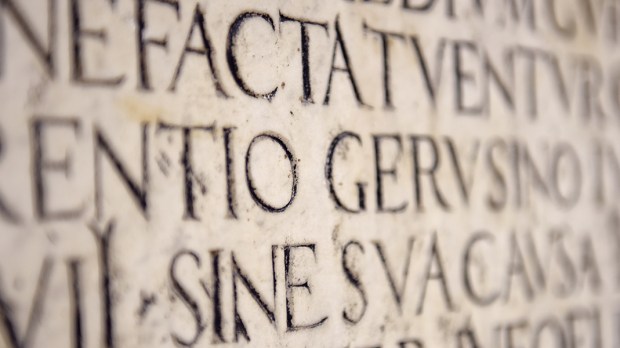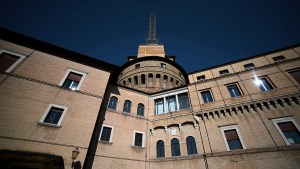While it may appear that the Catholic Church no longer uses much of the Latin language, the truth is much more complicated.
In fact, it was the Second Vatican Council (Vatican II) that promoted the use of Latin in the liturgy.
Vatican II didn’t abolish Latin
While the use of the vernacular language in liturgy was highly promoted, it wasn’t meant to replace the use of all Latin in the Roman Rite.
In the Council document, Sacrosanctum Concilium, it states quite clearly what is to be done with the archaic language.
The use of the Latin language
Sacrosanctum Concilium, 36
is to be preserved in the Latin rites.
The vernacular was designed to be used for “readings and directives, and to some of the prayers and chants” (Sacrosanctum Concilium, 36).
The original intention was to replace many parts of the Mass with local languages, while preserving the rest in Latin.
This same document even recommends teaching the peoplehow to sing in Latin!
Nevertheless steps should be taken so that the faithful may also be able to say or to sing together in Latin those parts of the Ordinary of the Mass which pertain to them.
Latin as a sign of unity
The General Instruction of the Roman Missal similarly echoes these words, but puts them in the context of maintaining unity among different language groups.
Since the faithful from different countries come together ever more frequently, it is desirable that they know how to sing together at least some parts of the Ordinary of the Mass in Latin, especially the Profession of Faith and the Lord’s Prayer, according to the simpler settings.
GIRM, 41
The Church used Latin for centuries because it was born in the Roman Empire and when that empire fell, it kept it as a way to unify Catholics around the entire world.
Even many Church documents are still translated into Latin, and recently the Vatican launched a Latin radio station! This is done to preserve the ancient language and to help keep it as a unifying force for all Catholics.



